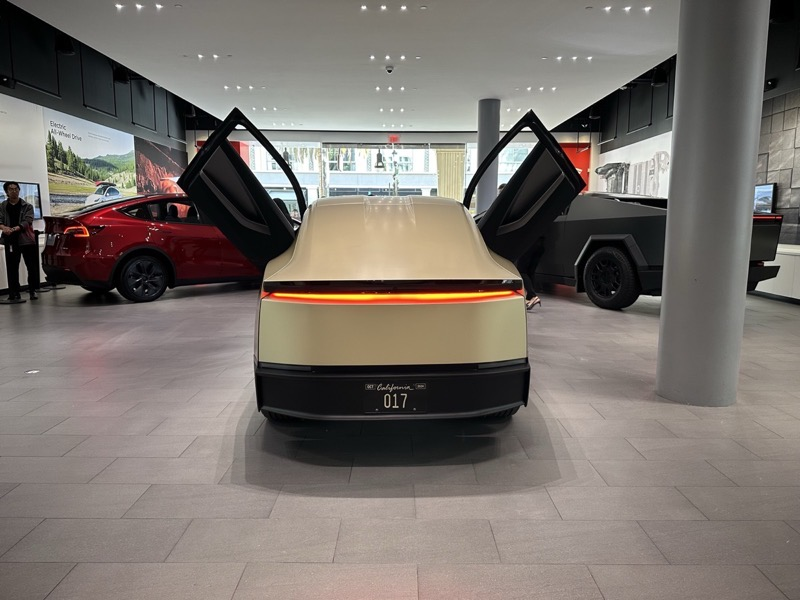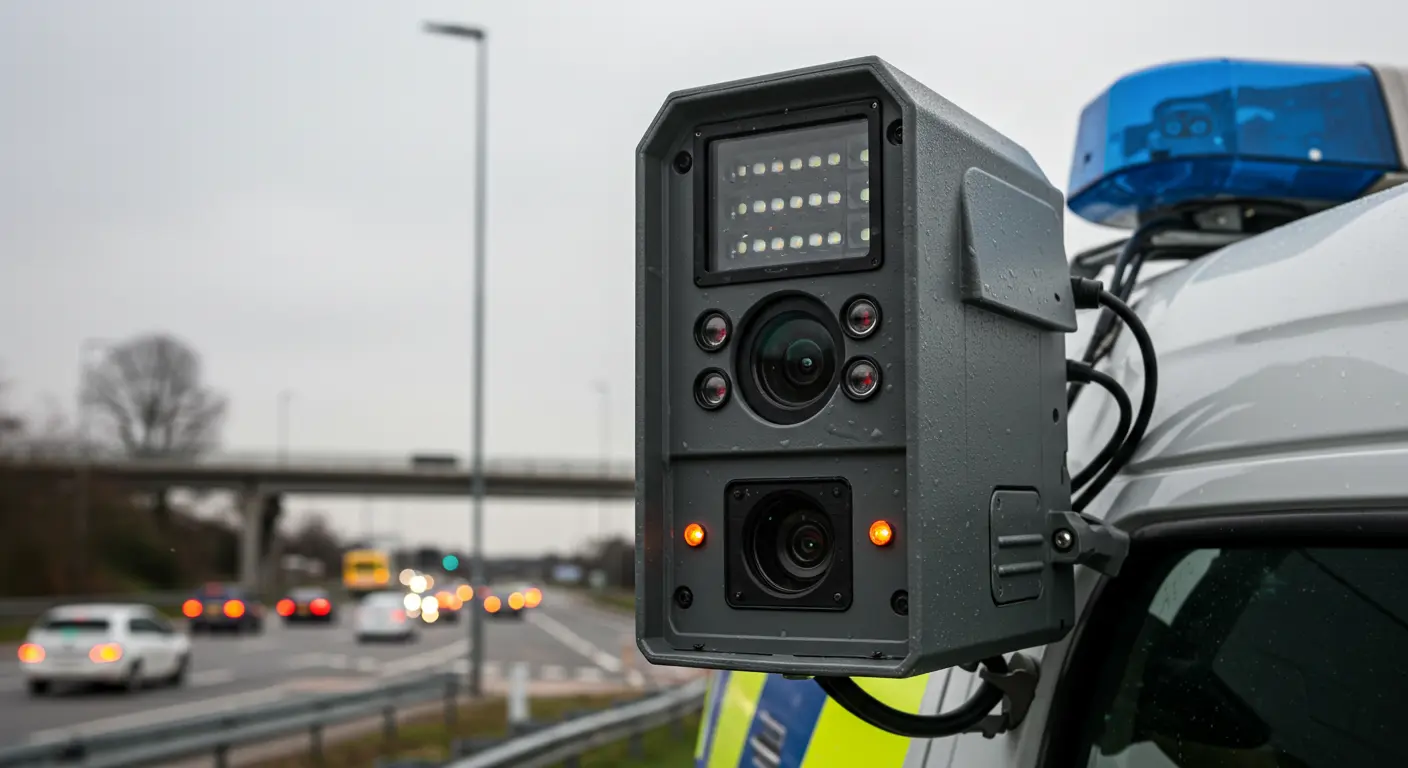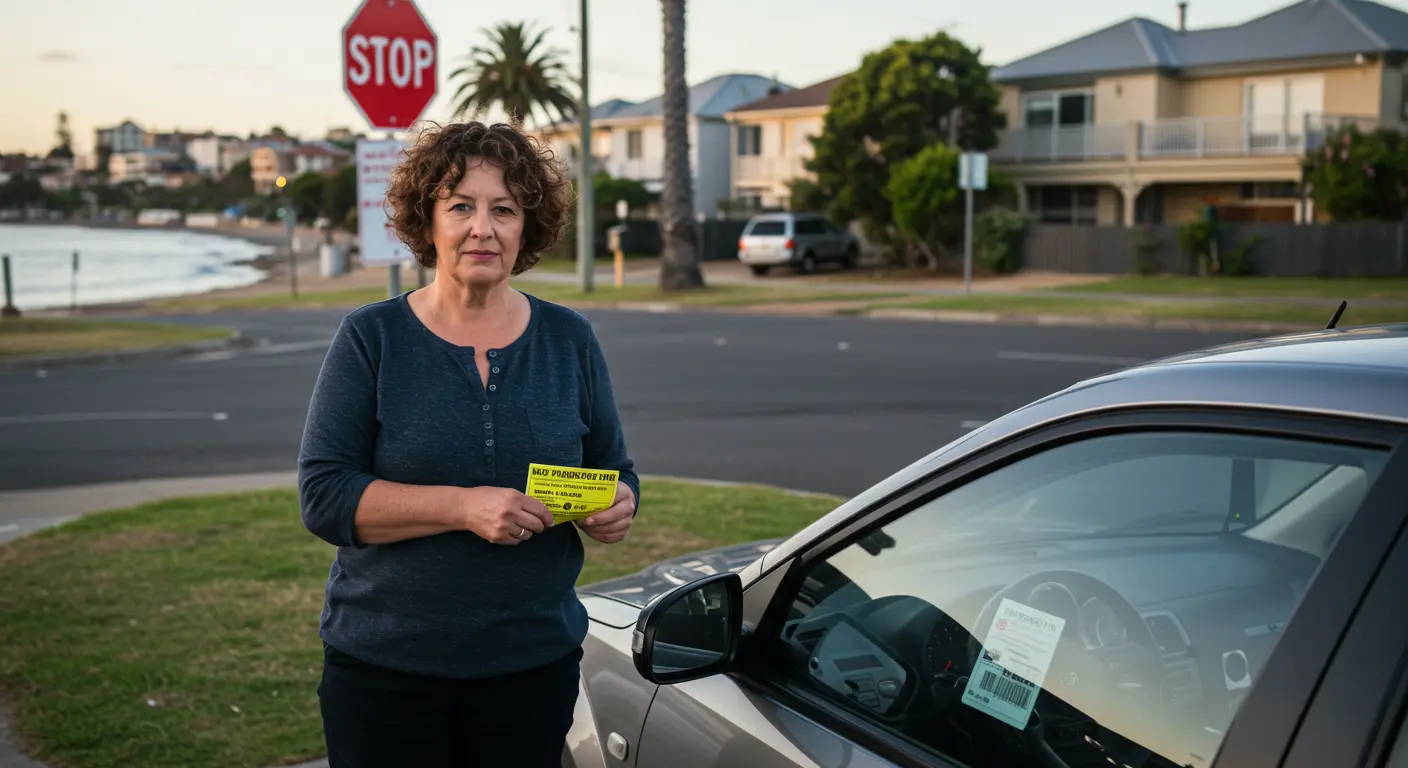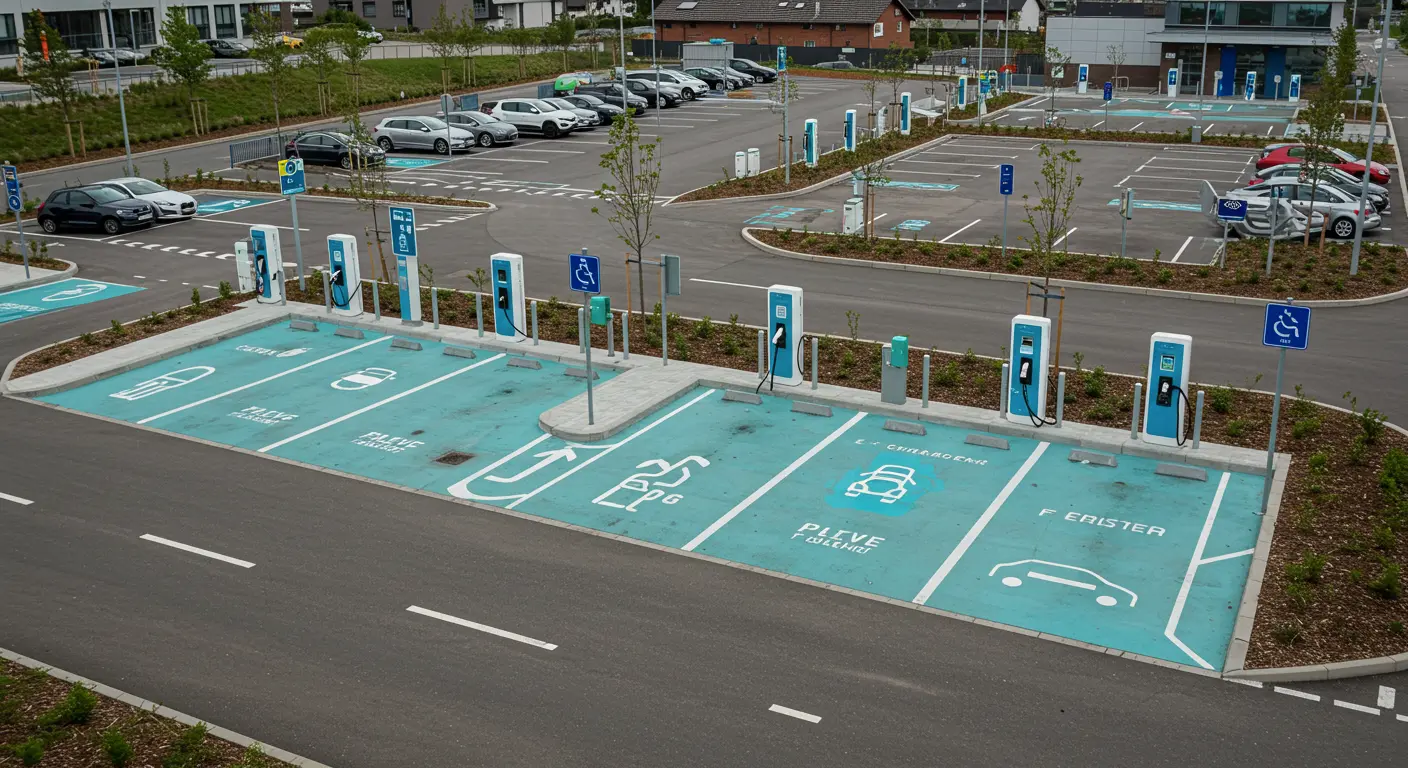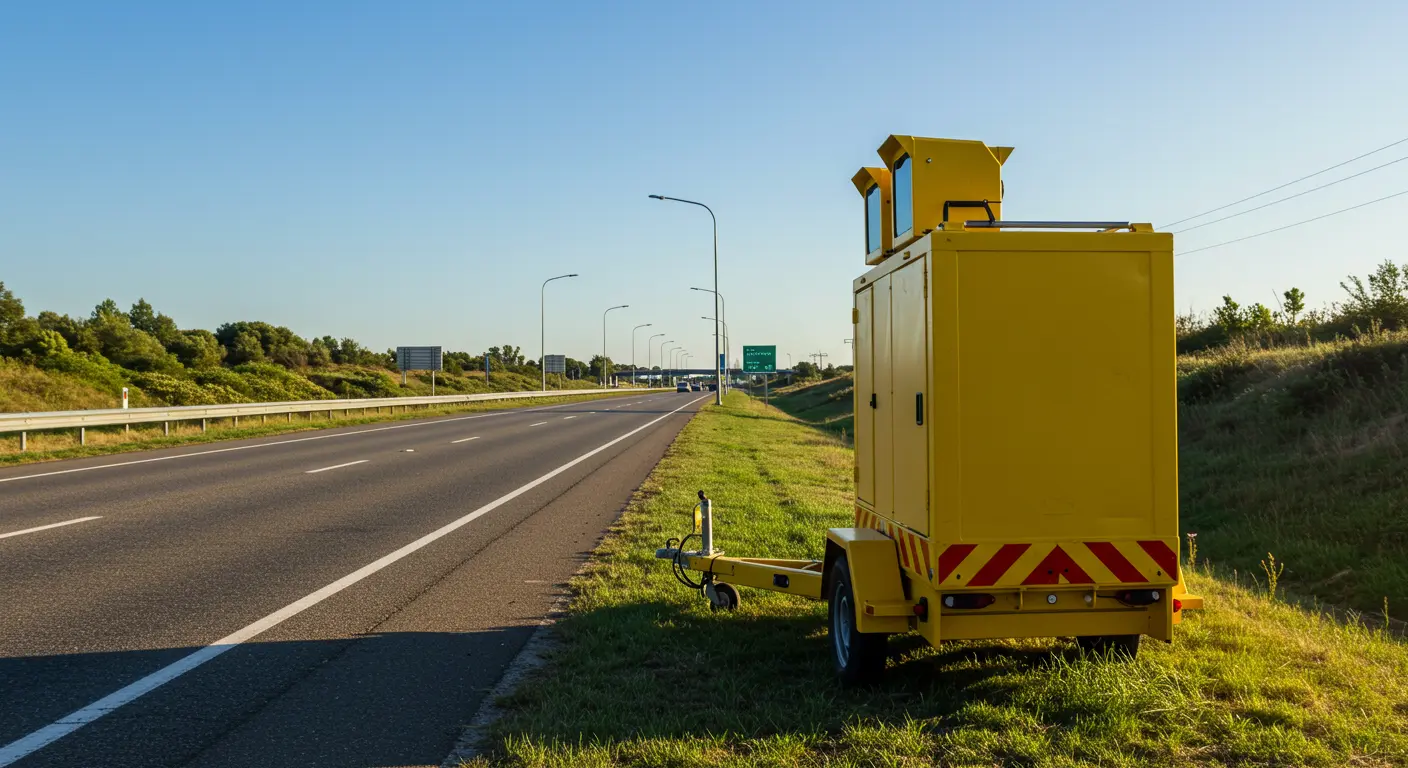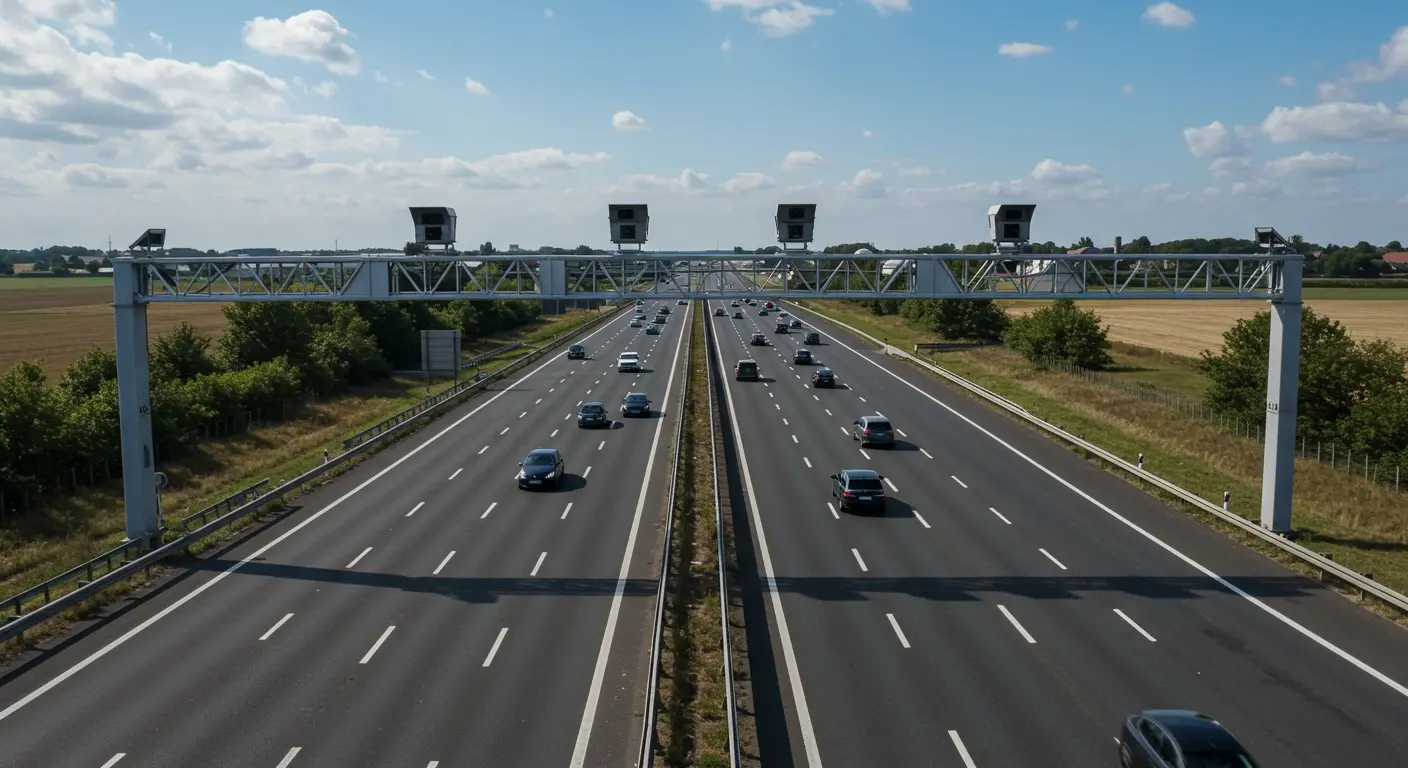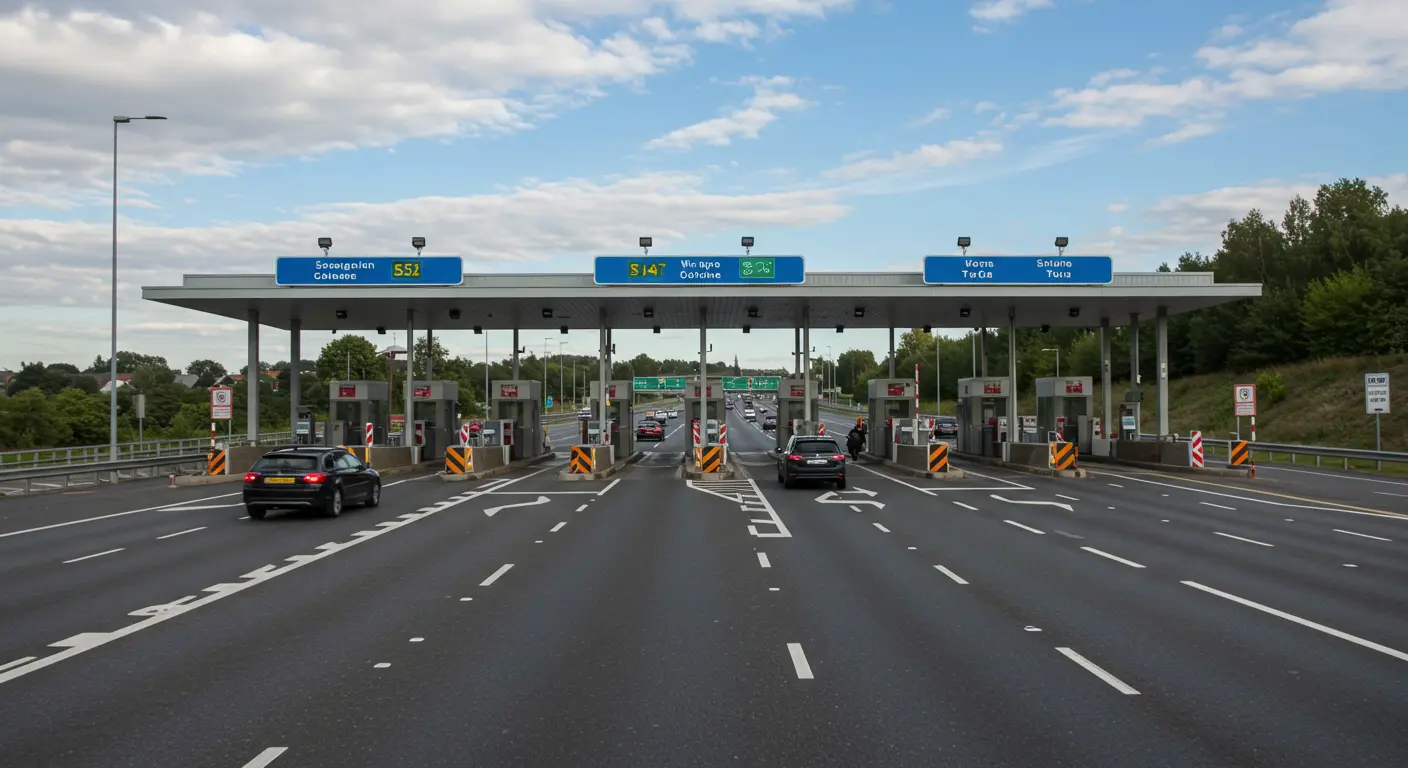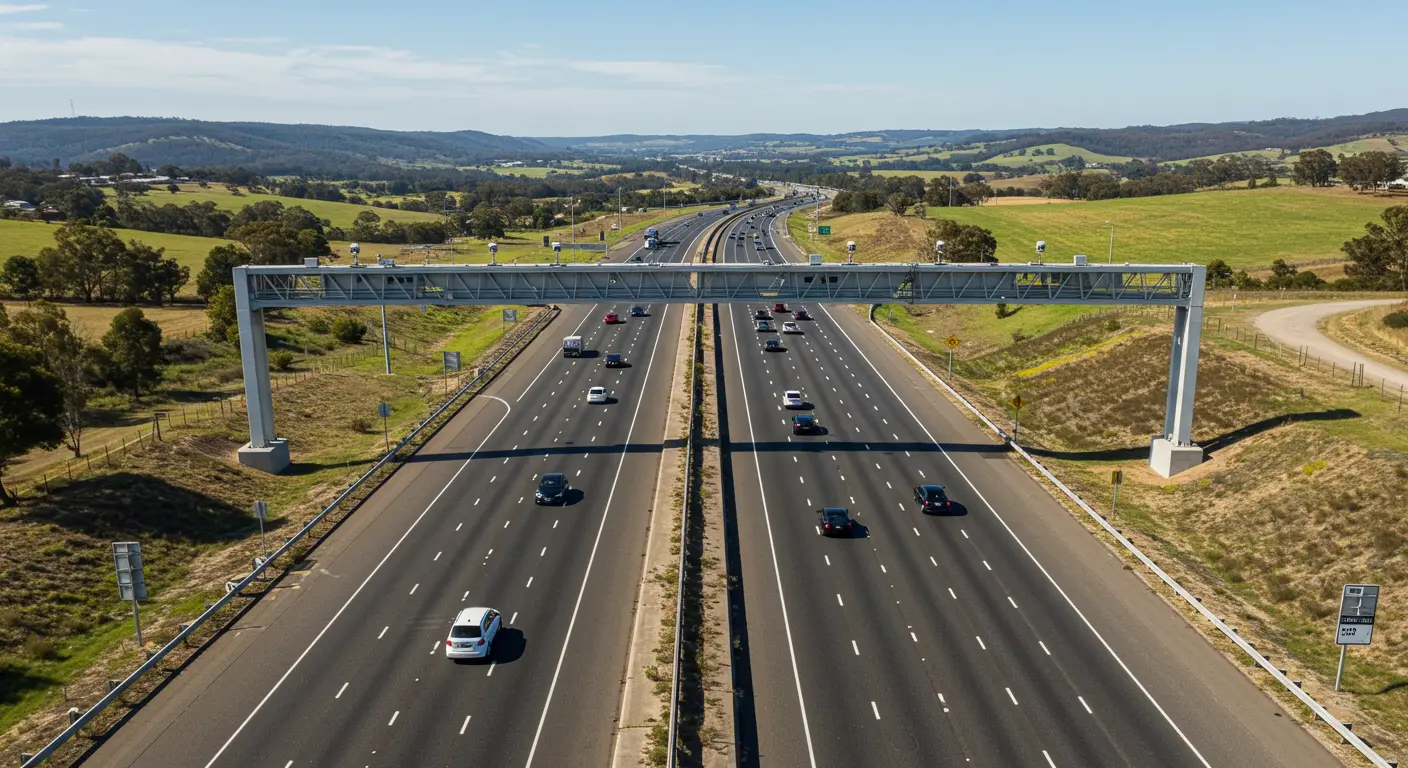In the heart of Toronto, a tragic incident unfolded that would shake the foundations of trust in automotive technology. What began as an ordinary drive in a Tesla Model Y ended in a horrific accident that claimed four lives and left one survivor with a harrowing tale to tell.
The Fateful Journey
On a seemingly typical day, five friends set out in their Tesla Model Y along Lake Shore Boulevard. The sleek electric vehicle, once a symbol of cutting-edge technology and safety, suddenly veered off course, colliding with a metal barrier and concrete pillar. In an instant, the car erupted into flames, transforming from a marvel of modern engineering into a potential death trap.
Trapped by Technology
As smoke filled the cabin, the occupants faced a terrifying realization: the electronic door mechanisms, usually effortless to operate, had become unresponsive. The Tesla Model Y, like many modern vehicles, relies on an electronic switch at the top of the door handle to open the doors. In this critical moment, possibly due to the disabled 12V battery, these electronic releases failed to function. The tragedy highlighted a crucial oversight in vehicle design: while manual releases exist for such emergencies, they can be difficult to locate, especially in a smoke-filled cabin under extreme stress. The lone survivor, rescued by a quick-thinking bystander who broke the rear window, emerged with a chilling story of their desperate attempts to escape.


A Wider Problem
This incident isn't isolated to Tesla. Similar issues have been reported with other brands using electronic door systems.
In 2018, a Cadillac XLR owner found himself trapped for 14 hours due to a dead battery, unable to exit his vehicle. These events underscore a growing concern about the safety of electronic door mechanisms in emergency situations.
Industry Response and Expert Opinions
Randy Schmitz, a captain with the Calgary Fire Department, pointed out a critical gap in consumer education: "Salespeople often don't inform vehicle owners about these features, leaving it to owners to find this information in their manuals."
This lack of awareness can prove fatal in emergencies. Some manufacturers are taking steps to address these concerns. Porsche Taycan and Audi e-tron, for instance, offer intuitive dual-function handles that can open manually if electronics fail. However, safety advocates argue that more needs to be done across the industry to make emergency exits more intuitive and accessible.
A Call for Change
The Toronto tragedy has reignited debates about the safety of electronic door releases and the need for clearer regulations. It serves as a stark reminder that as vehicles become more technologically advanced, manufacturers must ensure that safety features remain foolproof and intuitive, especially in life-threatening situations.
For drivers and passengers alike, this incident underscores the importance of familiarizing oneself with all safety features and emergency exits in their vehicles. In the race towards automotive innovation, it's crucial that the basics of passenger safety are not overlooked.
As investigations continue and the industry grapples with these challenges, one thing is clear: the balance between technological advancement and fundamental safety measures must be carefully maintained. The lives lost in Toronto serve as a somber reminder of what's at stake when this balance is disrupted.
